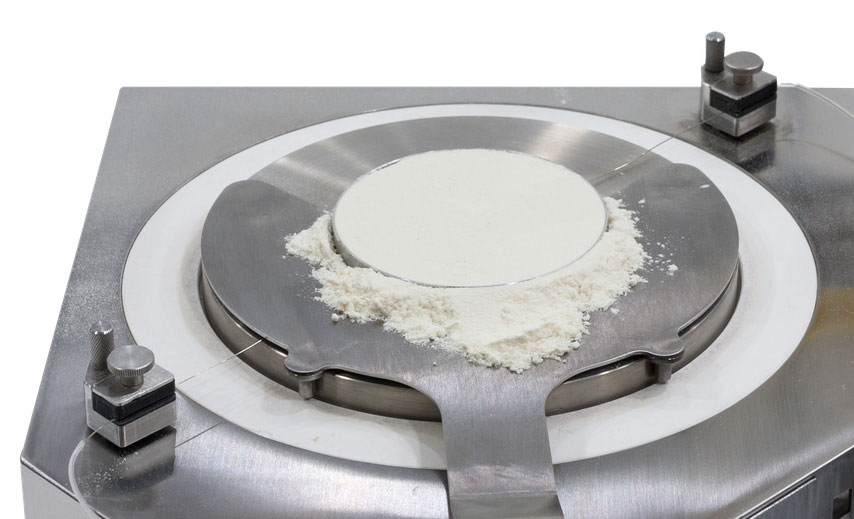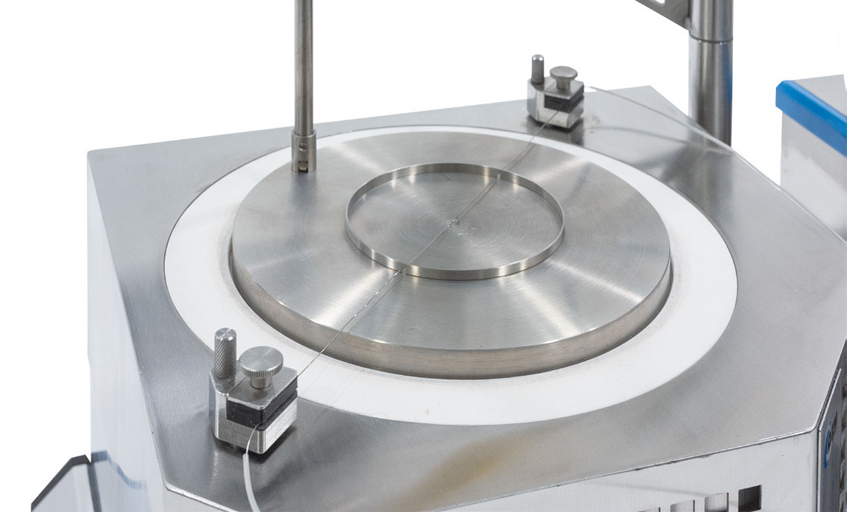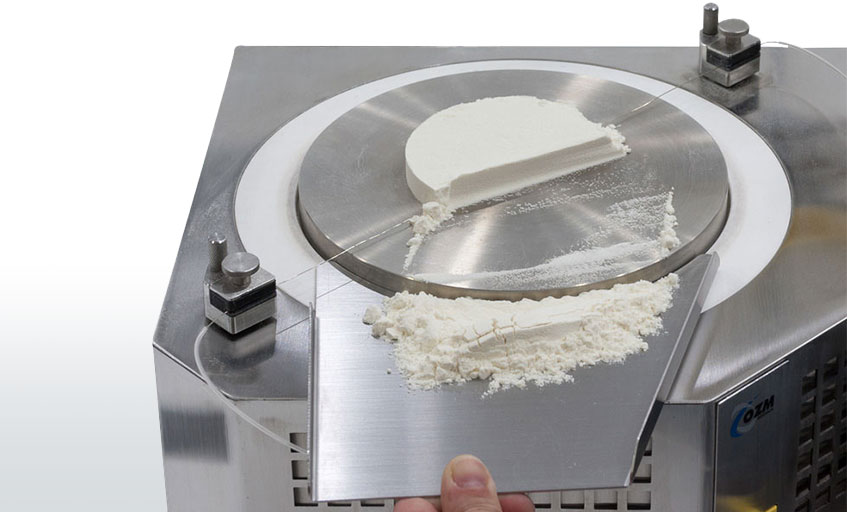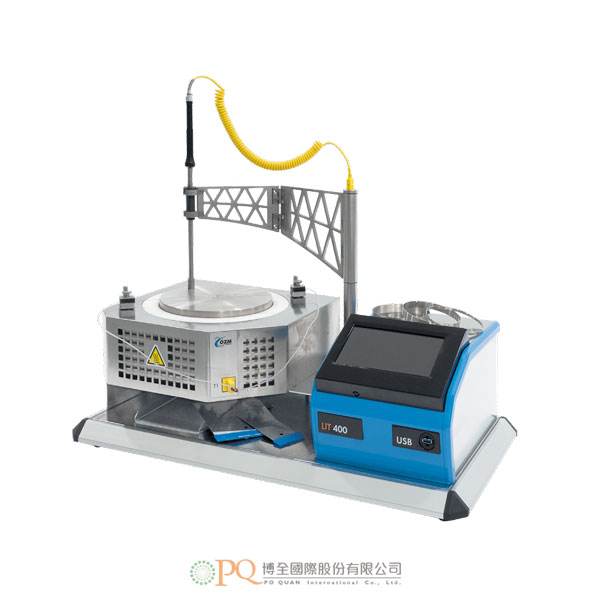
-
 AARONIA AG
AARONIA AG
-
 ADASH
ADASH
-
 Amptek
Amptek
-
 AOiP
AOiP
-
 AstroNova
AstroNova
-
 Automatic Research
Automatic Research
-
 AWSensors
AWSensors
-
 BASI
BASI
-
 BRS
BRS
-
 CALMET
CALMET
-
 CHECKLINE
CHECKLINE
-
 Cmc
Cmc
-
 C-Tech
C-Tech
-
 CTRL
CTRL
-
 DANATRONICS
DANATRONICS
-
 DV Power
DV Power
-
 EA Technology
EA Technology
-
 ECH
ECH
-
 EL-CELL
EL-CELL
-
 Electrothermal
Electrothermal
-
 Elsys
Elsys
-
 ELVEFLOW
ELVEFLOW
-
 Enapter
Enapter
-
 ENERGY SUPPORT
ENERGY SUPPORT
-
 Enervac
Enervac
-
 FASTEC
FASTEC
-
 Gaskatel
Gaskatel
-
 GE
GE
-
 GIUSSANI
GIUSSANI
-
 Globecore
Globecore
-
 GMW
GMW
-
 GREENLIGHT
GREENLIGHT
-
 GRZ
GRZ
-
 HIGH SENSE SOLUTIONSHTW
HIGH SENSE SOLUTIONSHTW
-
 HTW
HTW
-
 HUBER
HUBER
-
 HVPD
HVPD
-
 Ida
Ida
-
 Instytut Fotonowy
Instytut Fotonowy
-
 IVIUM
IVIUM
-
 Jacomex
Jacomex
-
 Jenway
Jenway
-
 JGG
JGG
-
 KEHUA TECH
KEHUA TECH
-
 Labdex
Labdex
-
 Labnics
Labnics
-
 LIQUID
LIQUID
-
 METERTEST
METERTEST
-
 Metrel
Metrel
-
 Microrad
Microrad
-
 micrux
micrux
-
 ndb
ndb
-
 Neware
Neware
-
 Norecs
Norecs
-
 Novocontrol
Novocontrol
-
 OKOndt Group
OKOndt Group
-
 OZM
OZM
-
 Pine Research
Pine Research
-
 Redoxme
Redoxme
-
 SATIR
SATIR
-
 SDT
SDT
-
 Serstech
Serstech
-
 VacCoat
VacCoat
-
 Zurich
Zurich
- AARONIA AG
- ADASH
- Amptek
- AOiP
- AstroNova
- Automatic Research
- AWSensors
- BASI
- BRS
- CALMET
- CHECKLINE
- Cmc
- C-Tech
- CTRL
- DANATRONICS
- DV Power
- EA Technology
- ECH
- EL-CELL
- Electrothermal
- Elsys
- ELVEFLOW
- Enapter
- ENERGY SUPPORT
- Enervac
- FASTEC
- Gaskatel
- GE
- GIUSSANI
- Globecore
- GMW
- GREENLIGHT
- GRZ
- HIGH SENSE SOLUTIONSHTW
- HTW
- HUBER
- HVPD
- Ida
- Instytut Fotonowy
- IVIUM
- Jacomex
- Jenway
- JGG
- KEHUA TECH
- Labdex
- Labnics
- LIQUID
- METERTEST
- Metrel
- Microrad
- micrux
- ndb
- Neware
- Norecs
- Novocontrol
- OKOndt Group
- OZM
- Pine Research
- Redoxme
- SATIR
- SDT
- Serstech
- VacCoat
- Zurich
粉塵層點火溫度測試儀
Dust Layer Ignition Temperature Tester 型號:LIT400-
在易燃粉塵顆粒可能積聚的行業中,粉塵層自燃是一個很大的風險。了解導致粉塵層點燃的熱表面的最低溫度,可為加工工業的風險分析、安全規劃和火災或爆炸預防提供重要資訊。
應用
在使用易燃液體的行業和技術中,自燃溫度的測量是危險分析的重要參數。暴露在高溫下的液體材料可能會產生易燃蒸汽,點燃後可能會導致爆炸。AIT 551 是對新技術進行危險分析、操作安全控制、研究和開發的必要工具。所得結果用於液體化學品的溫度等級分類。
優勢和特點
- 電爐板上熱表面工作溫度範圍高達 450 °C。
- 穩定的溫度條件 ± 2 °C。
- 使用非腐蝕性耐磨表面或鋁板設計的電爐板。
- 四種類型的不銹鋼環作為粉塵層的樣品架。
- 不銹鋼套件,方便配量和清洗。
- 在電腦上進行記錄、存檔和資料分析。
- 堅固的不銹鋼外殼。

測量樣品準備 

測量加熱板上的溫度均勻性 電爐板上的清潔
合規- EN 50281-2-1 Methods of determining minimum ignition temperature
- ASTM E2021 Hot-Surface Ignition Temperature of Dust Layers
-
The LIT 400™ (Dust Layer Ignition Temperature Tester) is used for determination of minimum temperature of a hot surface leading to thermal degradation or ignition of dust layers of a defined thickness.
APPLICATIONS
Spontaneous ignition of dust layers is a great risk in industries where flammable dust particles can get accumulated. Knowledge of minimum temperature of a hot surface which will lead to dust layer ignition provides important information for risk analysis, safety planning and prevention of fires or explosions in process industries.
ADVANTAGES & FEATURES
- Hot surface working temperature range up to
450 °C - Stable temperature conditions ± 2 °C
- Hotplates designed with a non-corrosive
abrasion-resistant surface or aluminum plate - Four types of stainless steel rings as sample
holders for the dust layers - Stainless steel set for easy dosing and cleaning
- Recording, archiving and data analysis on PC
- Robust stainless steel case

Sample preparation of the measurement 

Measurement of temperature uniformity on the hotplate Cleaning of the hotplate
COMPLIANCE- EN 50281-2-1 Methods of determining minimum ignition temperature
- ASTM E2021 Hot-Surface Ignition Temperature of Dust Layers
- Hot surface working temperature range up to







